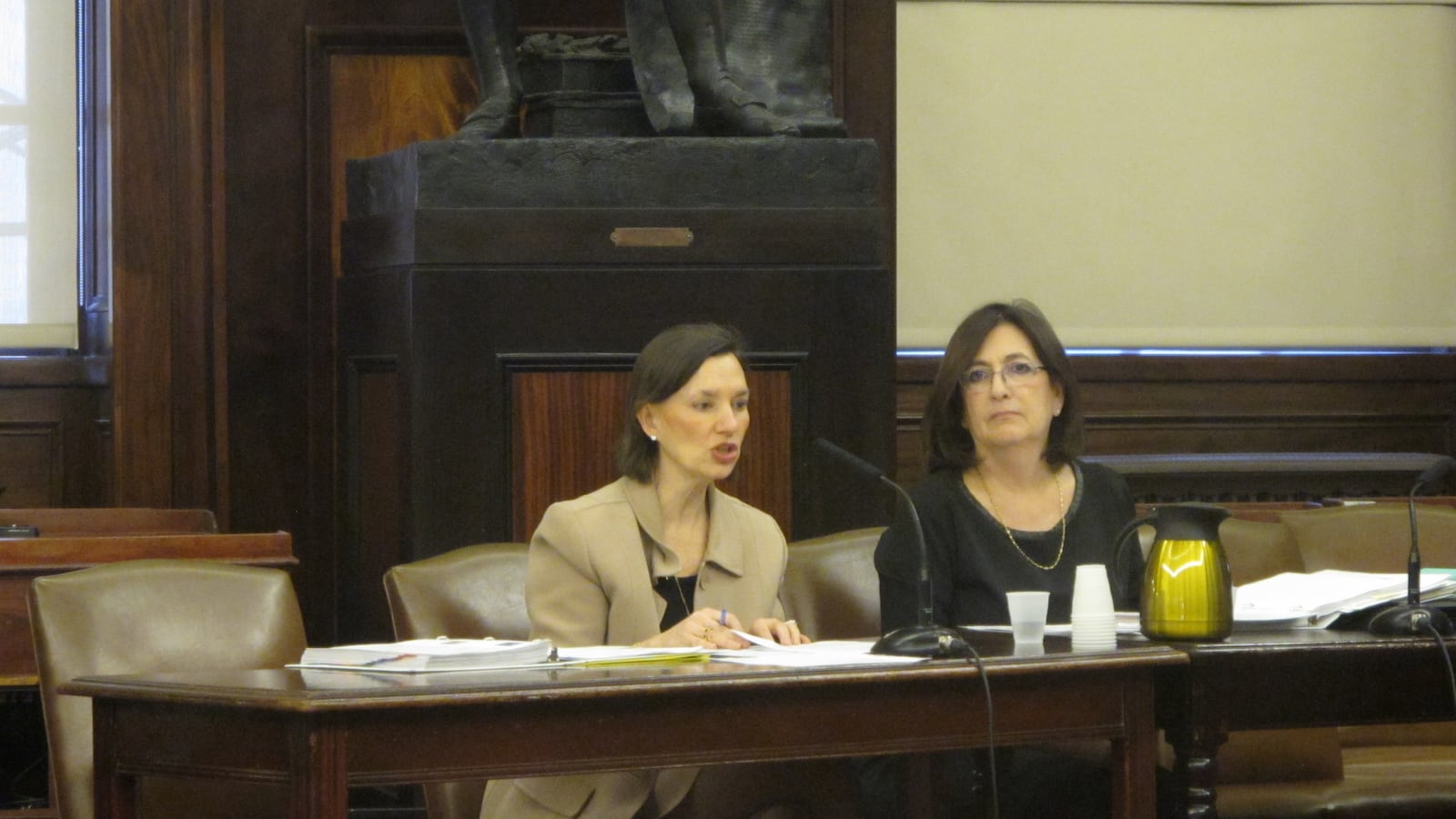Forty-four percent of the city’s school buildings are overcrowded, a Department of Education official told the City Council education committee Tuesday, a figure up from 36 percent in the 2011-12 school year.
The department’s capital plan says the city will need 49,000 additional seats to address overcrowding in the next four years. And while the city plans to add significant capacity in the coming years — 13,324 additional seats by the fall, and about 33,000 new seats by 2019 — it’s still a struggle to match capacity with demand.
“The supply of seats is not perfectly aligned with where students live or wish to attend school,” said Elizabeth Rose, the acting deputy chancellor for operations. “As a result, we have individual buildings, and in some cases entire neighborhoods, that are overcrowded, and in other cases, we have buildings and neighborhoods that are under-utilized.”
The testimony came on the same day the city’s Independent Budget Office released a report detailing the challenge the department faces with providing adequate space. That report says the city was 75,000 seats short of being able to keep school buildings below their full capcity in 2013-14.
According to the Department of Education, 11 new schools opened and 5,000 new seats were created in September 2014.
Much of the city’s overcrowding is concentrated in four school districts: District 20 in Brooklyn and Queens’ districts 24, 25 and 26, according to the IBO report. And plans to add capacity in those districts will fall short of the Department of Education’s own enrollment expectations, the report noted.
The IBO report also noted that in Districts 4 and 19, which encompass East New York and East Harlem, affordable housing proposals could fuel overcrowding though the Department of Education has no plans for expansion.
“The situation to me seems pretty dire,” said Councilman Danny Dromm, who chairs the City Council’s education committee.
Department officials said their plans to address the issues go beyond construction. Reconfiguring school attendance boundaries for elementary and middle schools provides a longer-term fix, they said.
Since the 2010-11 school year, 217 schools have been rezoned, freeing up space at nearly 60 percent of those schools. But rezoning isn’t a quick fix, they cautioned, since its full effects aren’t felt until the older, more populated grades of students matriculate out.
Rose also announced that the Blue Book Working Group, the panel Mayor Bill de Blasio called to make changes to the city’s school-space manual, will release its recommendations by the end of the month.
Critics — among them members of the city council’s education committee — say the space formulas included in the current Blue Book are flawed, making the city’s judgments about which schools are overcrowded and which can accommodate co-locations flawed. Opponents of co-locations have long held that the space formulas underestimate the needs of multiple schools sharing a single building.
In December, members of the working group called for a moratorium on co-locations, citing concerns about overcrowding. And recently, concerns over space helped delay or derail the proposed co-location of Academic Leadership Charter School with P.S. 277 in the Bronx.
But Rose told the committee Tuesday that co-locations aren’t driving overcrowding, and that the vast majority of overcrowded buildings contain district schools that are not co-located.
“Even with new seats, we recognize that overcrowded buildings exist in certain geographic pockets throughout the city,” Rose said.


